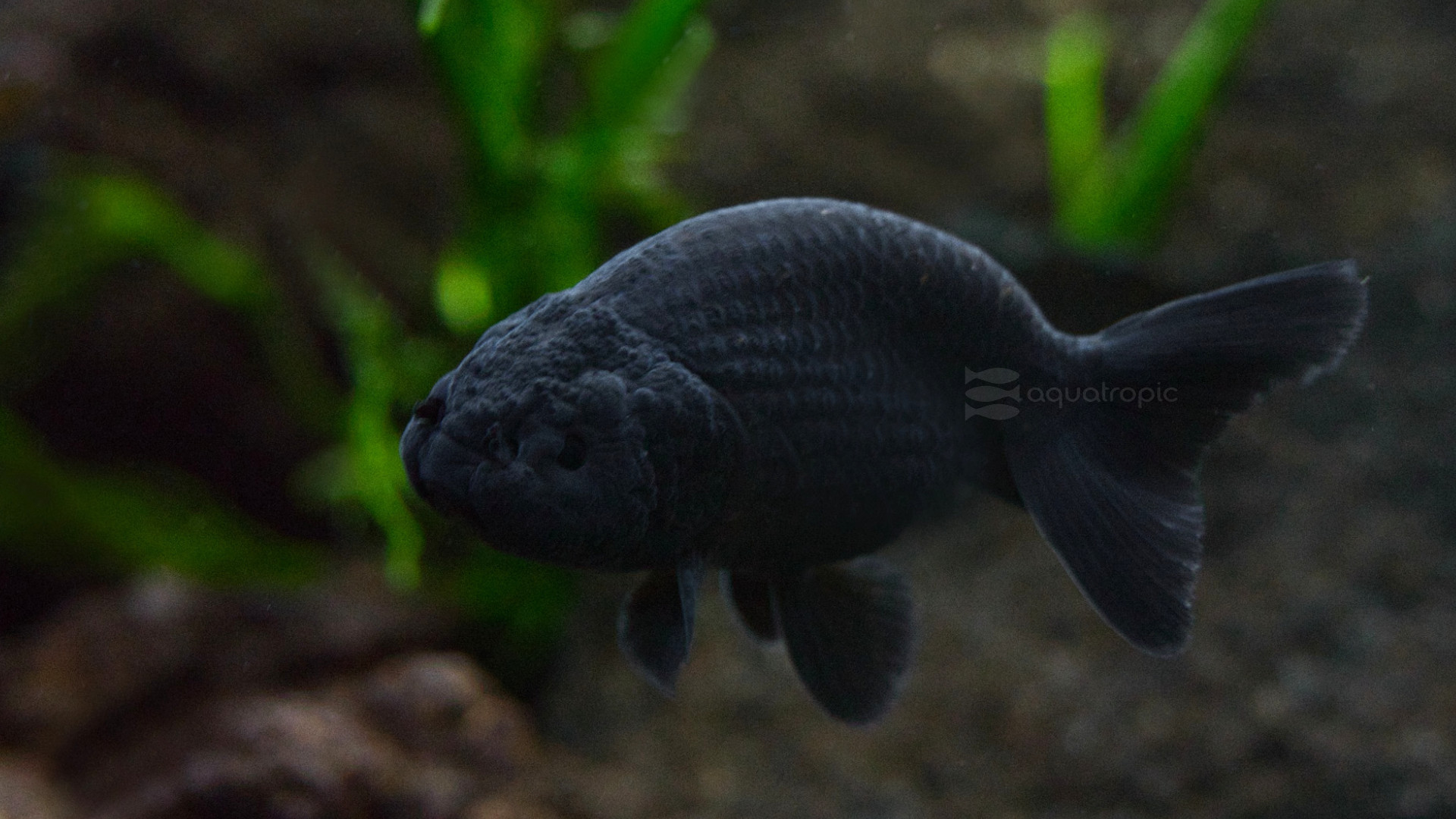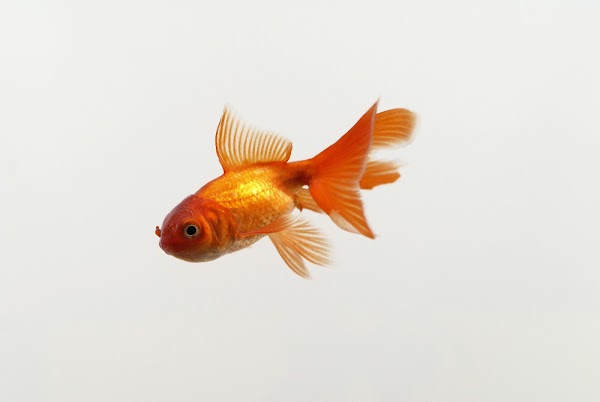Setting Up Your First Goldfish Display

Did you know that fish bowls were never intended for fish to live in? Rather these small glass spheres were utilized in Asian cultures as a way to observe fish up close so they could be inspected or properly appreciated, and then returned to a more suitable home. Like many other things, techniques have changed since a thousand years ago and now we're able to design perfect habitats for keeping goldfish where we can view them without catching them and placing them in a temporary bowl! Here’s a guide to get anyone on the right track for keeping goldfish
Goldfish can get fairly large, are messy, voracious eaters, and have large flowing fins – and because of this they require somewhat of a larger aquarium. The smallest aquarium we recommend for keeping goldfish in long term is 40 gallons, and this will allow you to have a small group. When considering any aquarium, surface area is key. Rather than just comparing gallons compare the footprint of the aquarium as this is what will give the goldfish space to move and also allows gas exchange at the surface to continue to allow your goldfish to breathe easy! A general rule of thumb is about 25-30 square inches of surface area for one inch of goldfish. For example, a 40 gallon “breeder” style aquarium with the dimension 36”x18”, has 648 square inches of surface area. 648 divided by 25 is 25.92 or 26 inches of goldfish! You can easily do this math by multiplying the length of a tank, times the width of a tank, which will give you the surface area. Then divide that number by 25 inches. Obviously common sense plays a role here. If the fish are bumping into one another, or don’t have room to maneuver you need a larger aquarium!
Goldfish like cooler temperatures, between 65 and 72 degrees Fahrenheit, but preferably 68-70. If you live in a temperature controlled home, this is probably easily achieved. If your water temperature regularly exceeds 78, you may need to invest in a chiller. Filtration is very important as goldfish are reasonably large fish, and messy eaters. Filtration should be over sized, and it's hard to have too much. That said, goldfish do not like flow, so utilizing something like a spray bar for a return from a canister filter or sump filtration will help to disperse the flow. Another trick that is sometimes utilized is to turn the spray bar so that it faces the glass of the aquarium at a slight downward angle. The water will follow the glass down to the bottom and move waste while also and making flow more gentle for the goldfish. Lighting for goldfish is very simple – since they love to eat plants, you won't need special wavelength lights growing freshwater plants. Goldfish prefer subdued lighting so an LED that doesn’t consume much power while providing enough light for you to enjoy the beauty of the fish is the best option.
Aside from not being able to use live plants for the most part, décor in a goldfish aquarium is basically up to you. Don’t include anything that has sharp edges, as goldfish aren’t the most graceful of movers with their large fins and anything with sharp edges can cause irritation and be an opportunity for infection if the situation doesn’t change. Fake plants can be a welcome addition that replicates the natural environment of goldfish and gives them a place to lay eggs if they ever spawn in your aquarium. Also check out our recent article on outside-the-glassbox ideas for goldfish tanks.
A goldfish aquarium should receive water changes at least twice a month if not weekly, changing out at least 20% of the aquarium volume and up to 50%, depending on the size and waste of your fish. The use of a gravel vacuum to siphon waste from the substrate is a good idea. Make sure that waste is not getting trapped by the décor. Change out or wash filter media every few days to prevent large amounts of waste from building up there. Clean glass as needed.
Goldfish are on the bigger end of common aquarium fish and are messy eaters with big appetites. Feed them well with blanched vegetables, enriched brine shrimp, and a quality goldfish flake or pellet that doesn’t float. (Floating food can cause them to accidentally ingest air and result in health complications.) Plan for your aquarium and filtration to be bigger than you think necessary; While there is such a thing as too small an aquarium or too little filtration for goldfish, there is never too big or too much really! Goldfish come in a wide variety of shapes, sizes and colors to meet lots of visual appetites! Ask your local fish store what they can get from Aquatropic today!